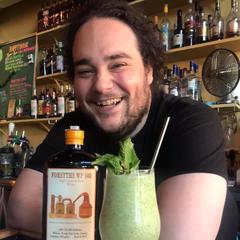-
Welcome to the eG Forums, a service of the eGullet Society for Culinary Arts & Letters. The Society is a 501(c)3 not-for-profit organization dedicated to the advancement of the culinary arts. These advertising-free forums are provided free of charge through donations from Society members. Anyone may read the forums, but to post you must create a free account.
Different results from different brewing vessels?
-
Similar Content
-
- 0 replies
- 2,958 views
-
- 3 replies
- 1,233 views
-
- 10 replies
- 4,020 views
-
Generational Differences in Bar Behavior, and How Gen Z Annoys Bartenders (Amongst Others)
By weinoo,
- 10 replies
- 2,096 views
-
- 4 replies
- 1,633 views
-
-
Recently Browsing 0 members
- No registered users viewing this page.





Recommended Posts